How to turn on the Hansa dishwasher and start the wash
 Despite its apparent simplicity, it is better to start using a dishwasher only after fully studying the official instructions. However, due to the large volume of information, the manual is rarely read in its entirety, and even less often is it remembered 100%. To save your time, as part of the publication we will analyze the main points of operating this useful household appliance, from how to turn on the Hansa dishwasher to caring for the equipment.
Despite its apparent simplicity, it is better to start using a dishwasher only after fully studying the official instructions. However, due to the large volume of information, the manual is rarely read in its entirety, and even less often is it remembered 100%. To save your time, as part of the publication we will analyze the main points of operating this useful household appliance, from how to turn on the Hansa dishwasher to caring for the equipment.
Activation of Hans' PMM
Dishwashers themselves are a basic device, the activation of which is intuitive, and the Hansa brand’s technology is almost simpler than that of any other manufacturer. Therefore, in order to start the wash, all you need to do is:
- connect the PMM to electricity and water supply;
- before starting, check the water supply valve;
- make sure that there is enough special salt in the device;
- fill baskets with dirty dishes;
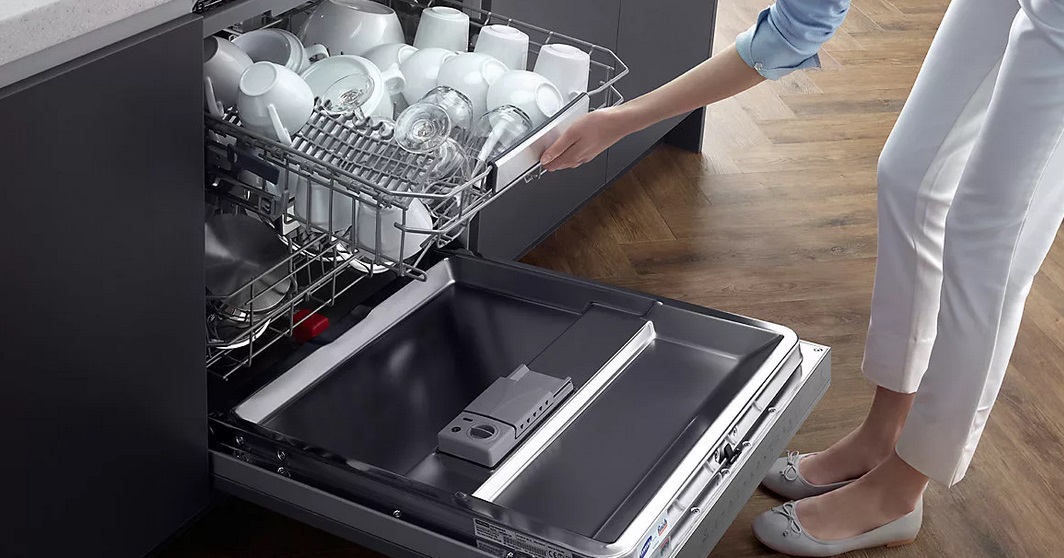
- add detergent and rinse aid;
- select operating mode;
- click on the “Start” button.
It is very convenient that if you forgot to add some dishes, or you urgently need to change the washing mode, this can be done without canceling the current working cycle. If the machine has not yet begun to wash out the detergent from the compartment, then you can simply open the door and wait until the Hansa PMM stops working. When this happens, add an additional portion of cutlery, or change the wash mode, and then close the door again. After some time, the device will continue to work as if nothing had happened.
Set of PMM program Hans
A very important point in the process of turning on the dishwasher is choosing a program. This affects the quality and duration of the work cycle, as well as the dishes that can or cannot be washed in one mode or another. Most often in PMM you can find the following programs:
- Classic mode, suitable for moderately soiled dishes without adhering grease and dirt;
- Intensive mode, needed for situations when it is important to wash the dirtiest cutlery with congealed fat or burnt food;

- Delicate program, which is included for glasses and fragile glasses;
- A fast mode called “hour”, created for small stains, and in which there is no drying of dishes after washing;
- Soak, an additional function before the main wash to rinse seriously soiled items;
- Ecological washing, suitable for crystal, porcelain and other fragile dishes that require careful care.
You can get acquainted with the list of all operating modes and additional options before purchasing the PMM by consulting the seller. Be sure to ask about all the functions, because the set differs significantly in different models.
Where should I put the dishes?
Any dishwasher has several baskets for dirty dishes, into which cutlery must be placed correctly. Before starting the wash, read the placement recommendations.
- Only small items should be loaded into the upper basket, such as glasses, cups, saucers, small salad bowls, forks, spoons, as well as dishes with minor stains.
- The lower basket is needed for dirty large dishes, for example, frying pans, baking sheets, pots, lids, large plates and more.
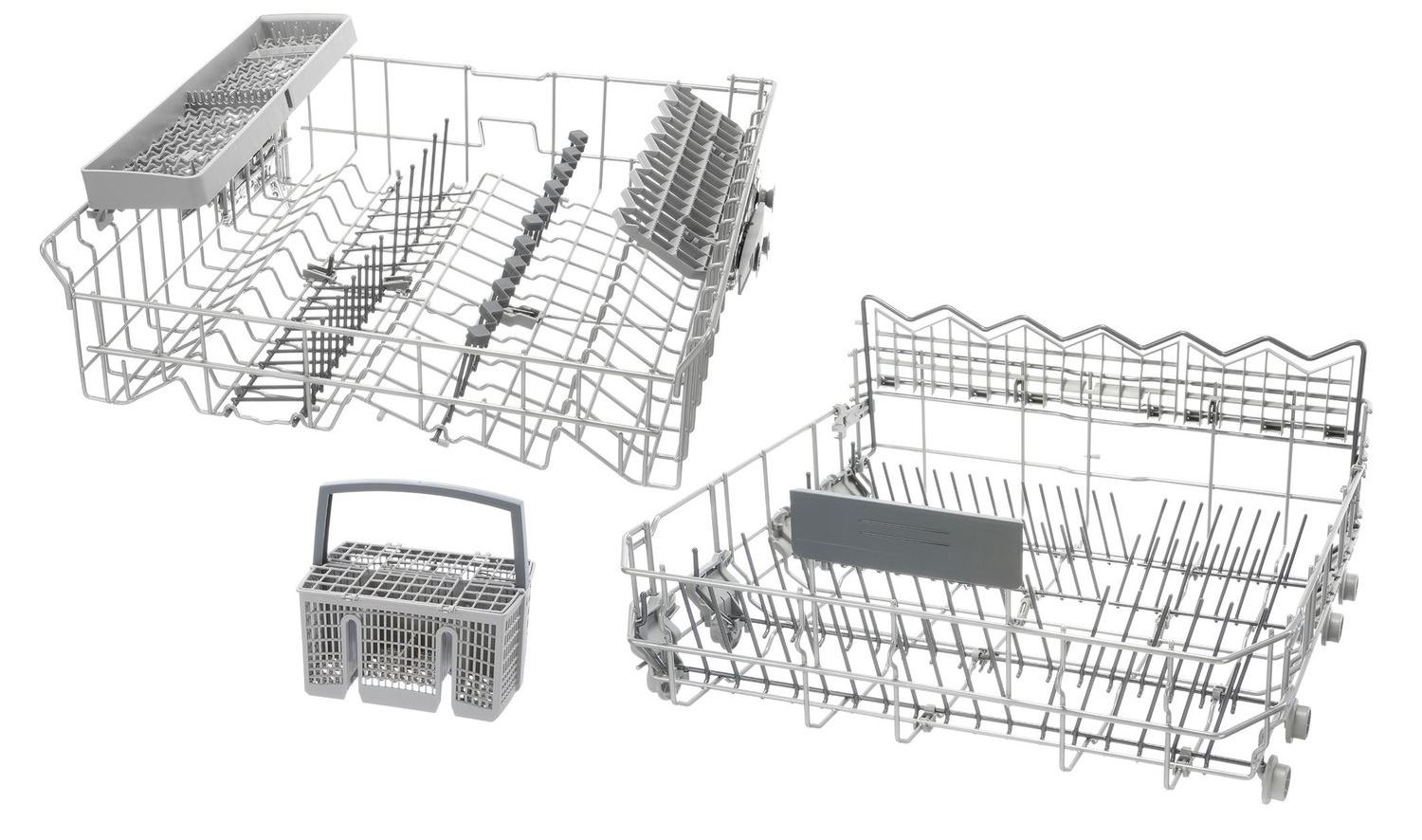
- If your model has an additional tray, then this is where you should place knives, skimmers and other cutlery.
- Any deep dishes should be placed upside down so that water does not stagnate inside, but flows down.
- Any dishes should be carefully installed so that there is a small gap between them for water circulation, and the objects themselves do not interfere with the operation of the sprinklers.

- Do not wash products made of wood, tin, copper, or plastic utensils that may melt due to high temperatures in the PMM.
Before each wash, be sure to remove food debris, napkins, bones and other debris from the dishes so that it does not clog the equipment’s garbage filter.
Strictly follow the advice of professionals on arranging dishes so that the washing result always pleases you.
Salt and other remedies
Another very important step is loading salt and other special products. Special salt should be added to the salt bin located at the bottom of the washing chamber. To do this, you need to open the lid of the tank, first add about a liter of water, and then about a kilogram of salt. After this, adjust the hardness in the PMM to set the salt consumption. This setting should be made in accordance with the hardness level of the tap water, which can be found on the website of the city water utility.
Use only quality dishwasher salt as it is specially formulated to restore the ion exchanger that softens hard water.
All that remains is to add detergent, which can be in the form of a powder, gel, tablet or capsule, as well as rinse aid so that the dishes are streak-free after washing. All these household chemicals should be loaded into special compartments installed on the PMM door.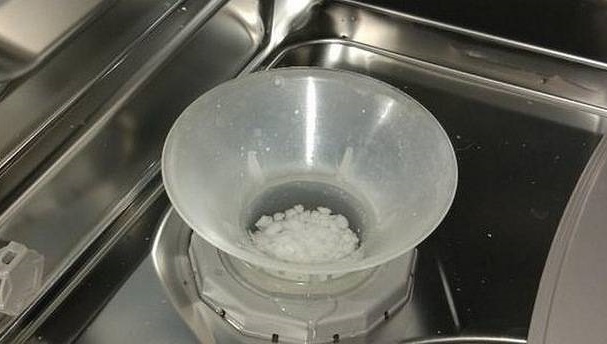
Mandatory care for PMM
When the working cycle is completed, it is worth leaving the door open for several hours so that all the water from the washing chamber evaporates and an unpleasant odor and mold do not form in the machine. After using the PMM, you should additionally wipe it with a dry cloth to remove any remaining moisture. Pay attention to the rubber door seals - dirt and food debris often remain behind them and need to be removed. Additionally, it is worth taking out the garbage filter and rinsing it under powerful pressure of hot water.
About once a quarter, you can buy a cleaner and run it on an idle cycle to flush the insides of the device from dirt and blockages. Finally, once a year it is worth carrying out a full diagnostic of the machine - spinning the pump impeller, lubricating the part and cleaning it of debris. Only after all these manipulations can you be sure that the equipment will last for many years.
Interesting:
Reader comments
- Share your opinion - leave a comment
Categories
Washing machine repair


For buyers

For users

Dishwasher

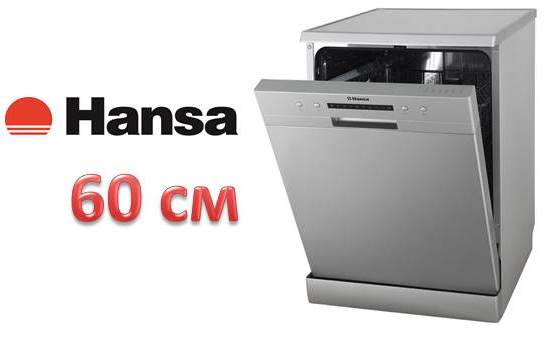
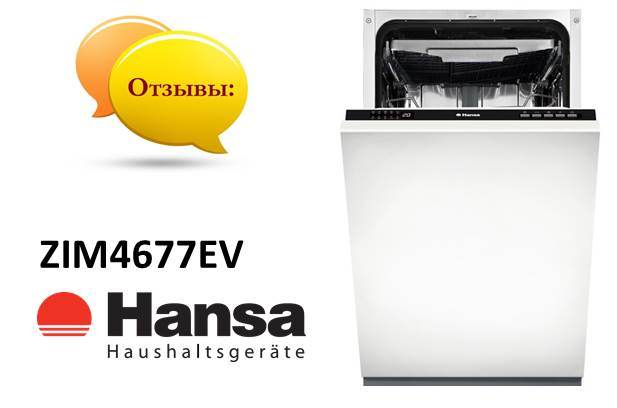
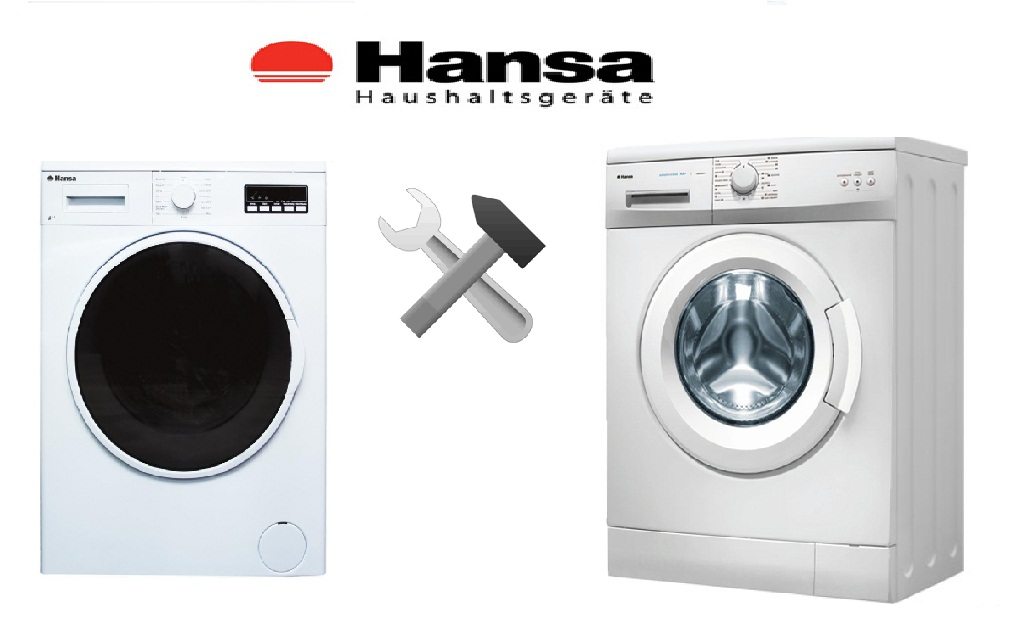













Add a comment